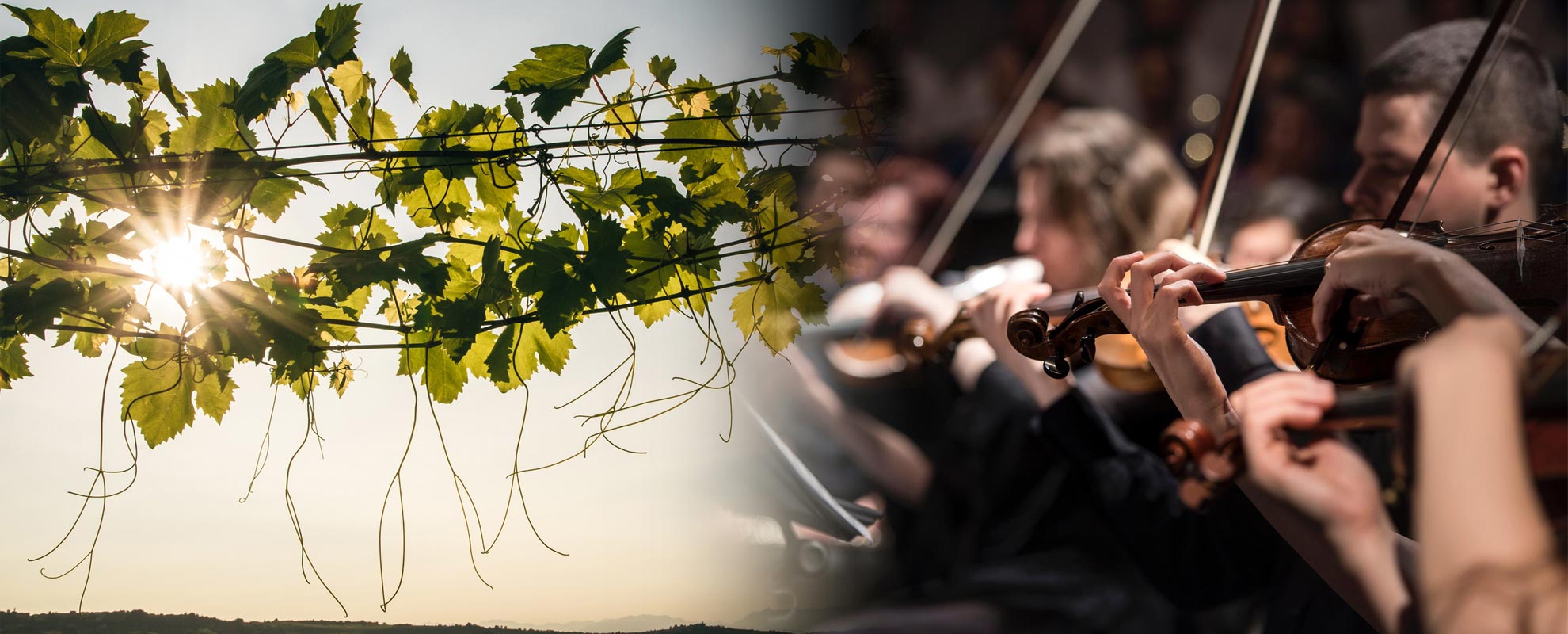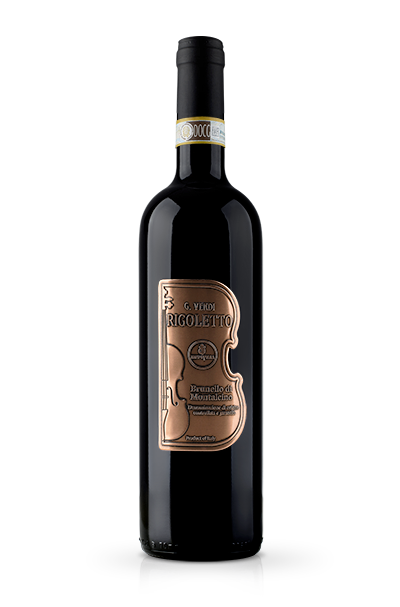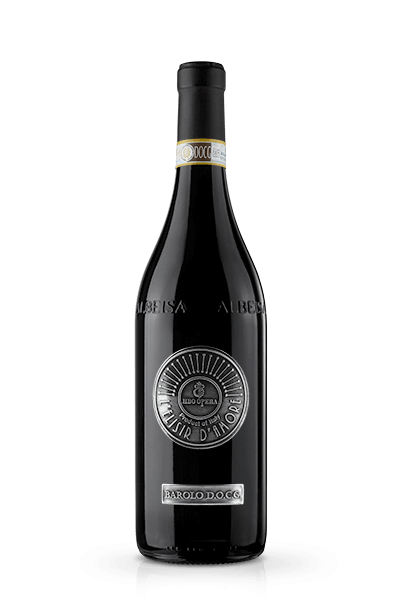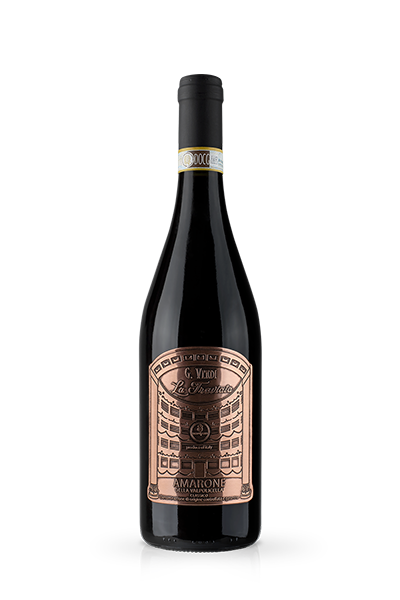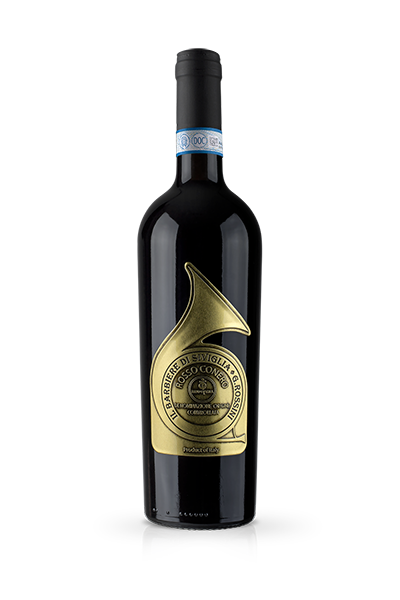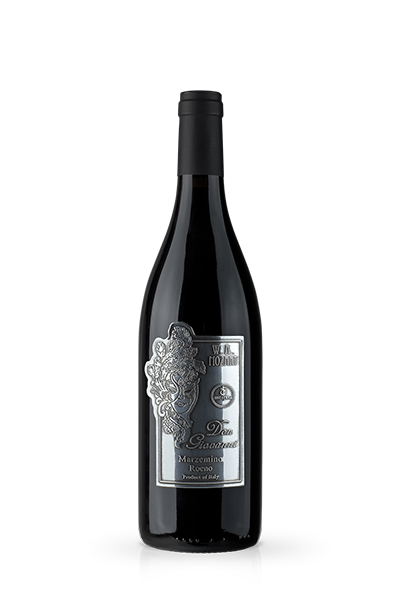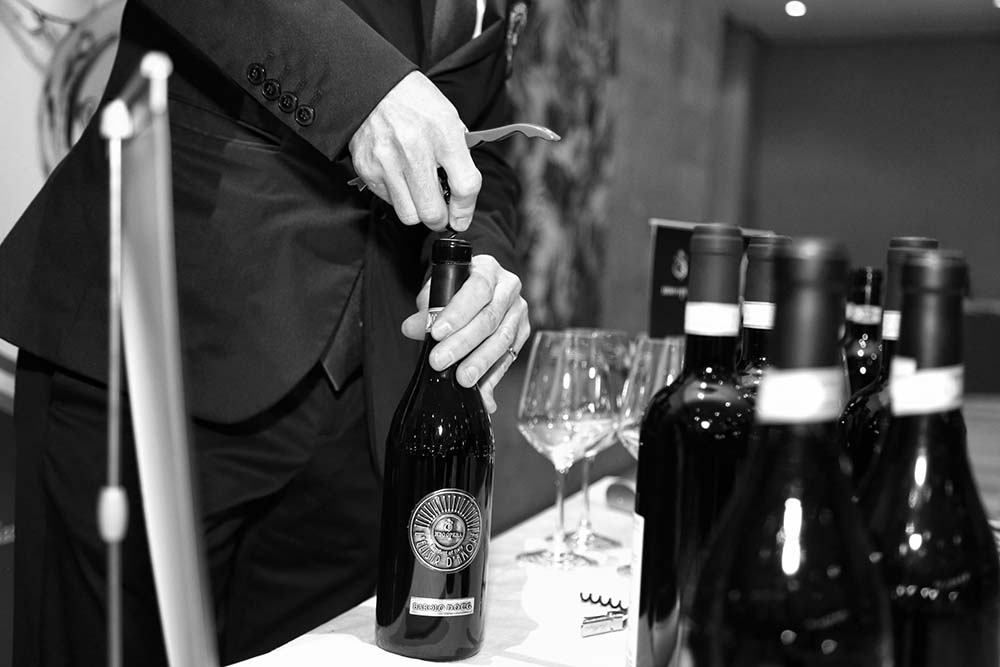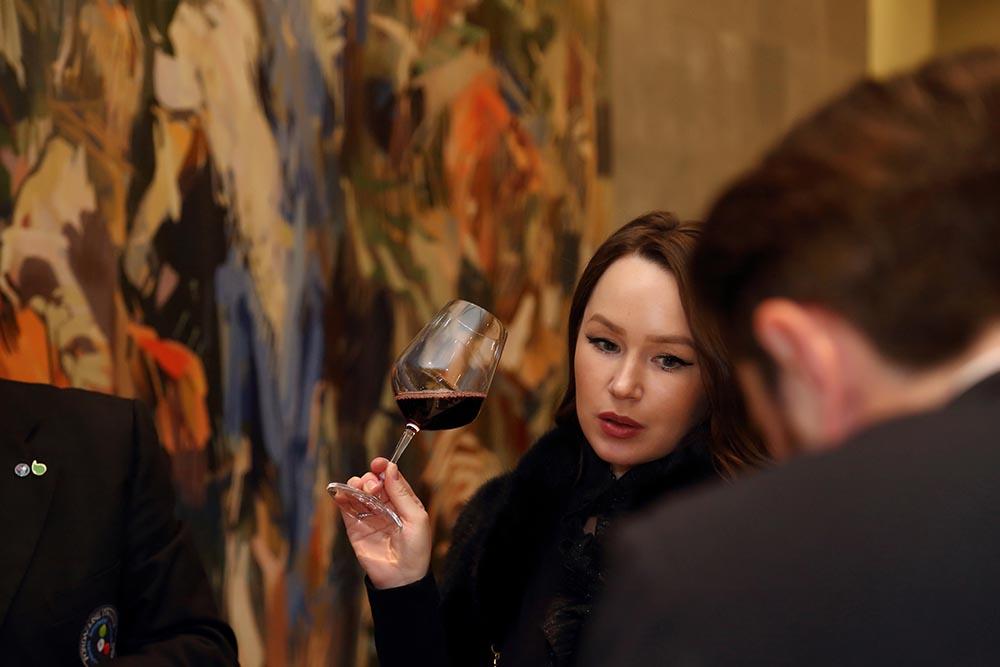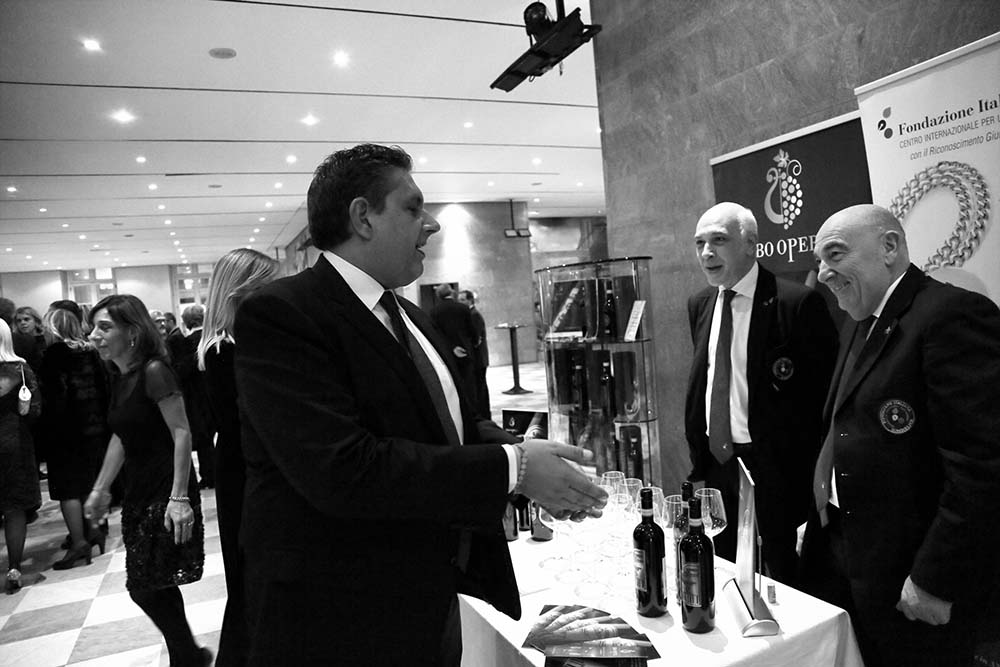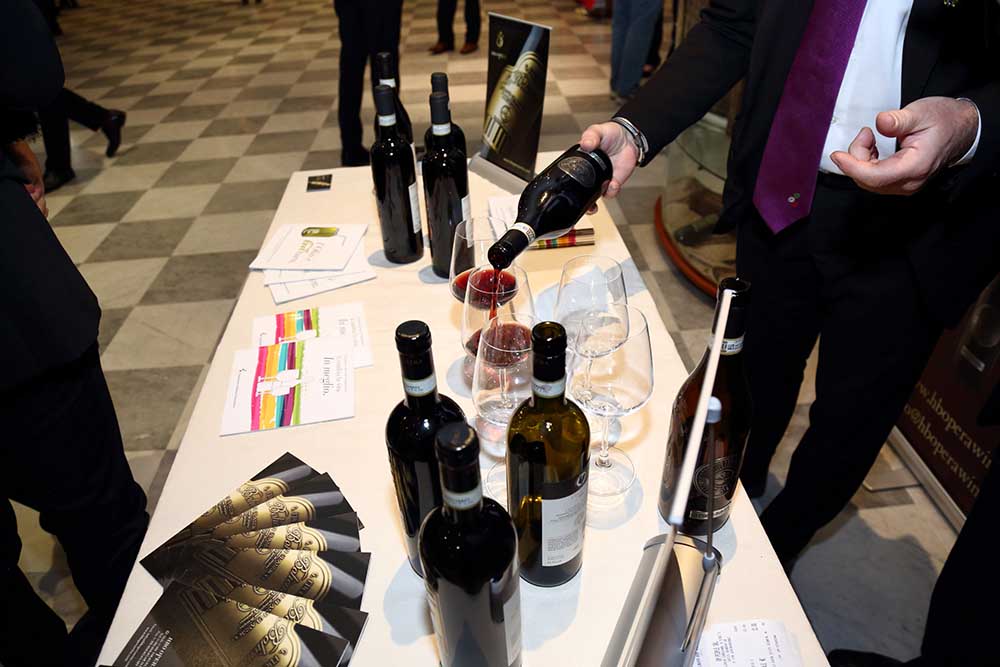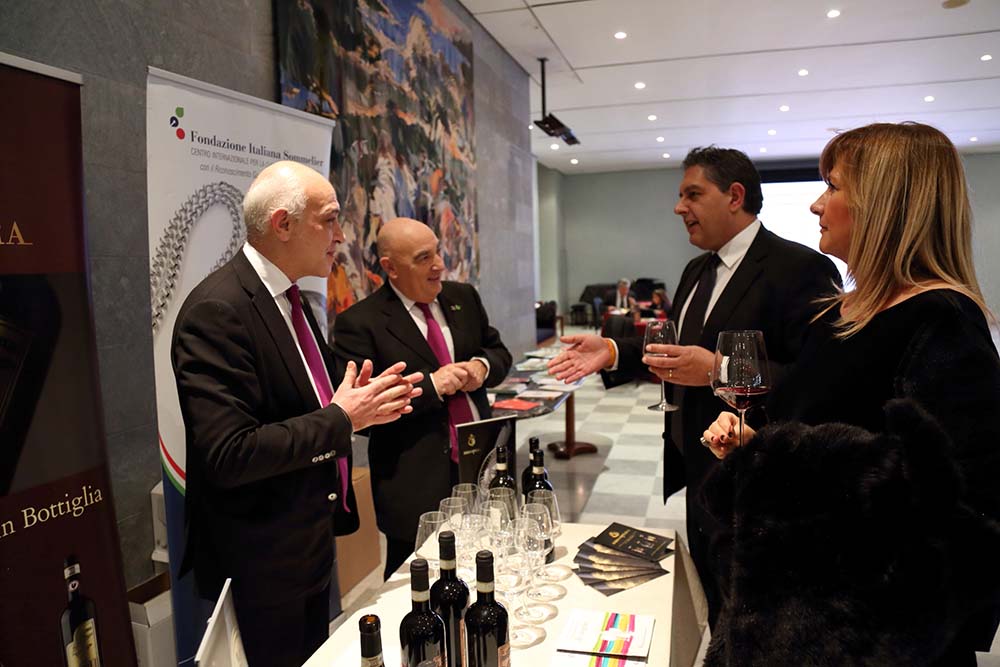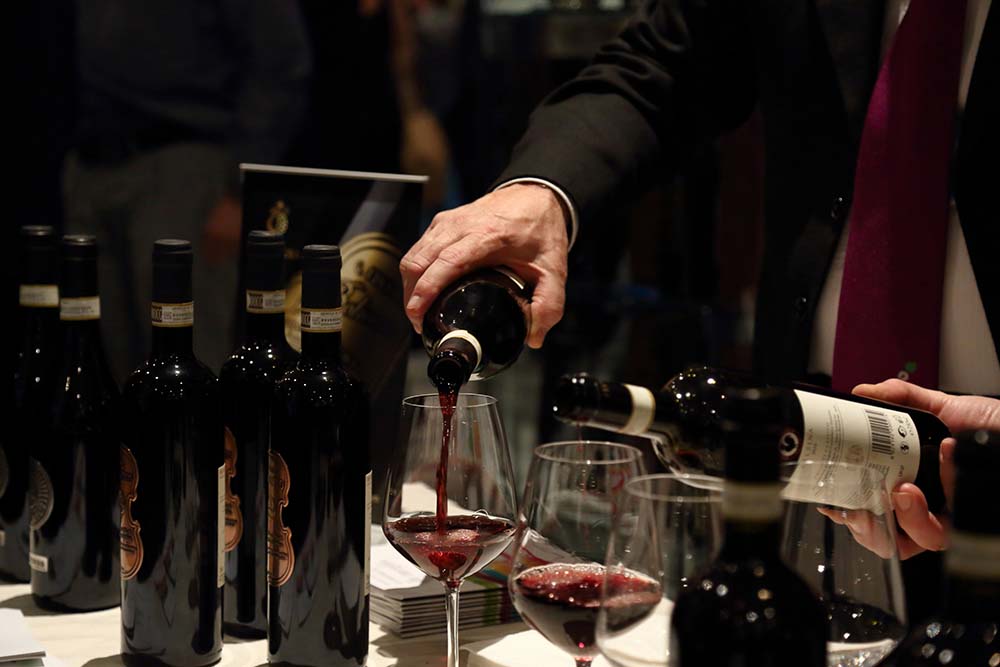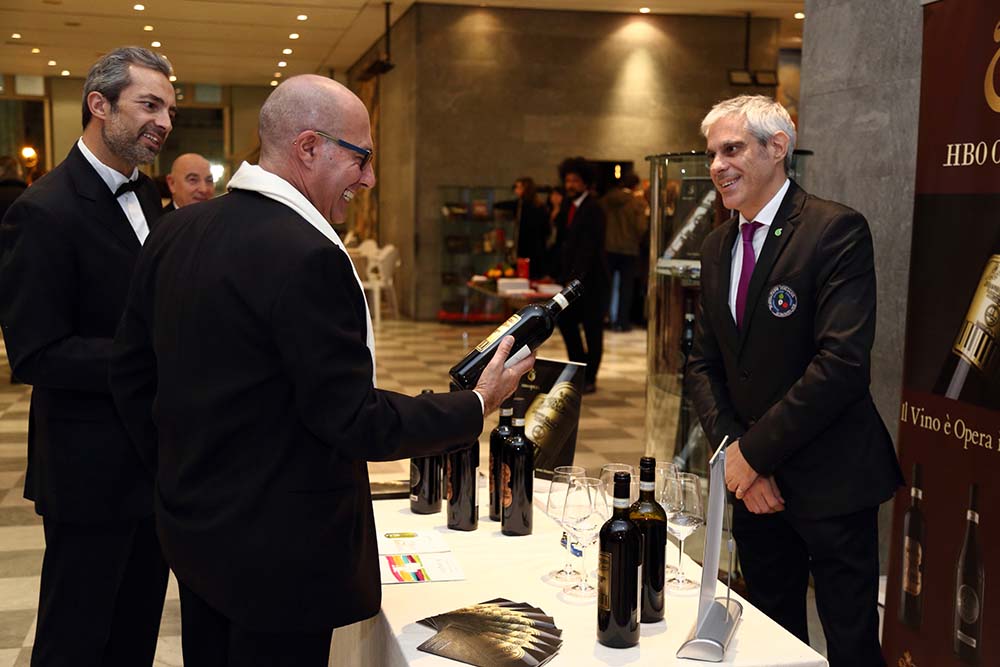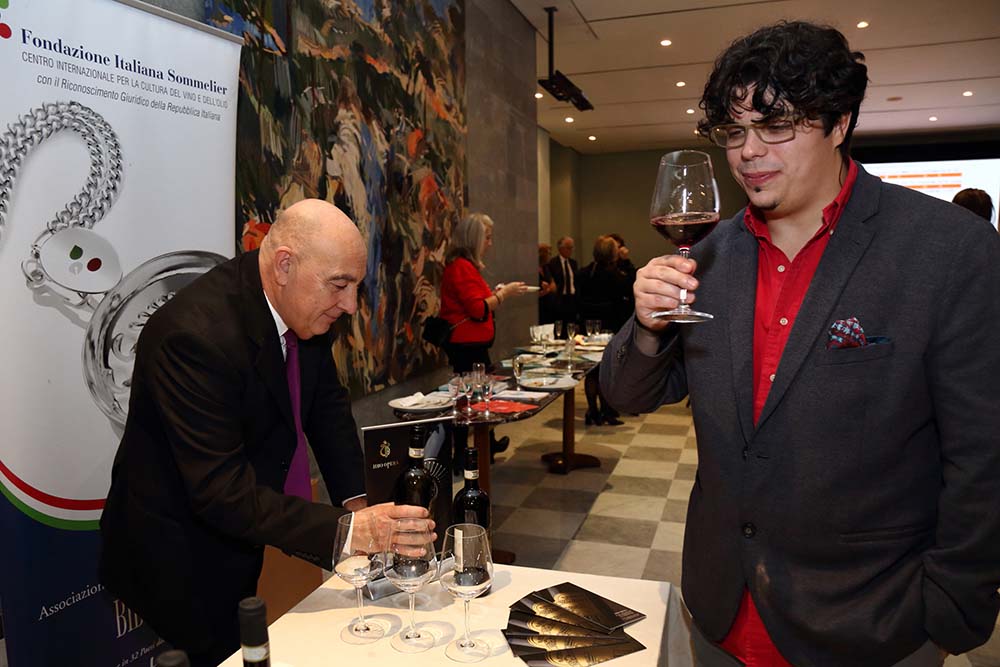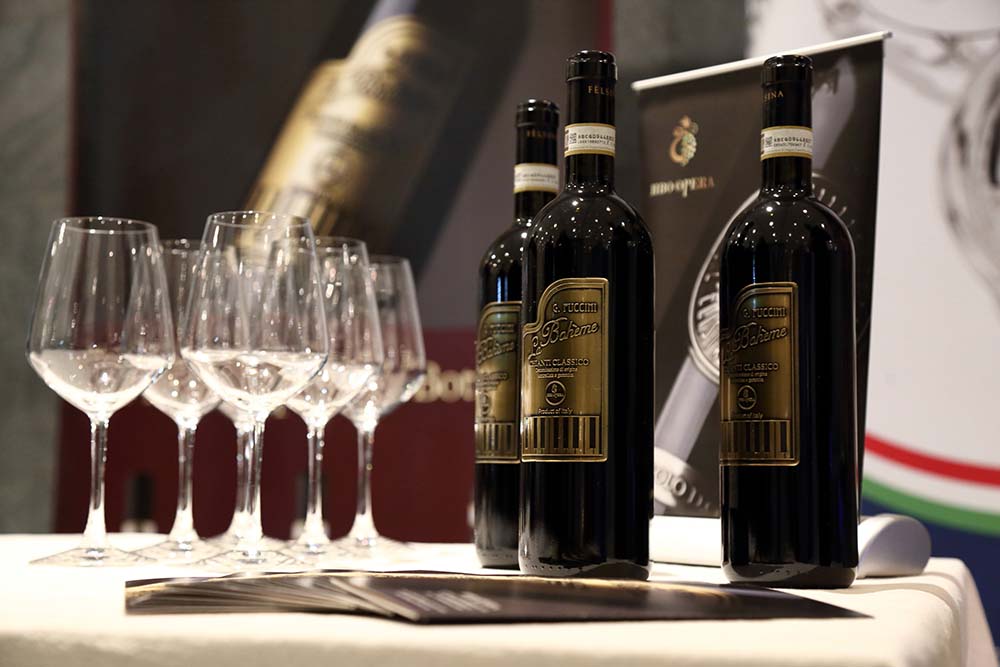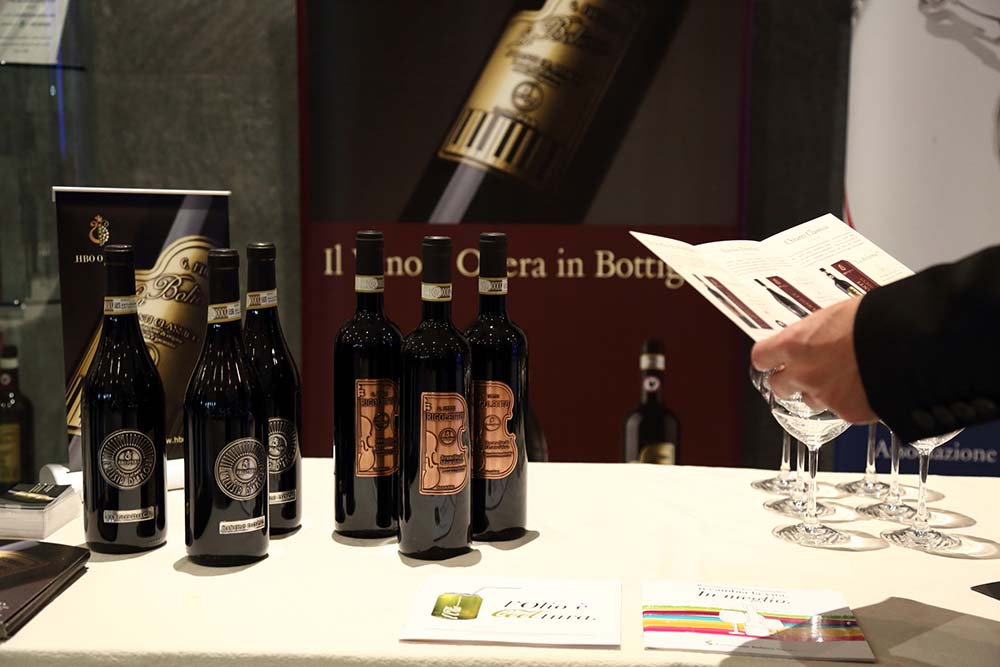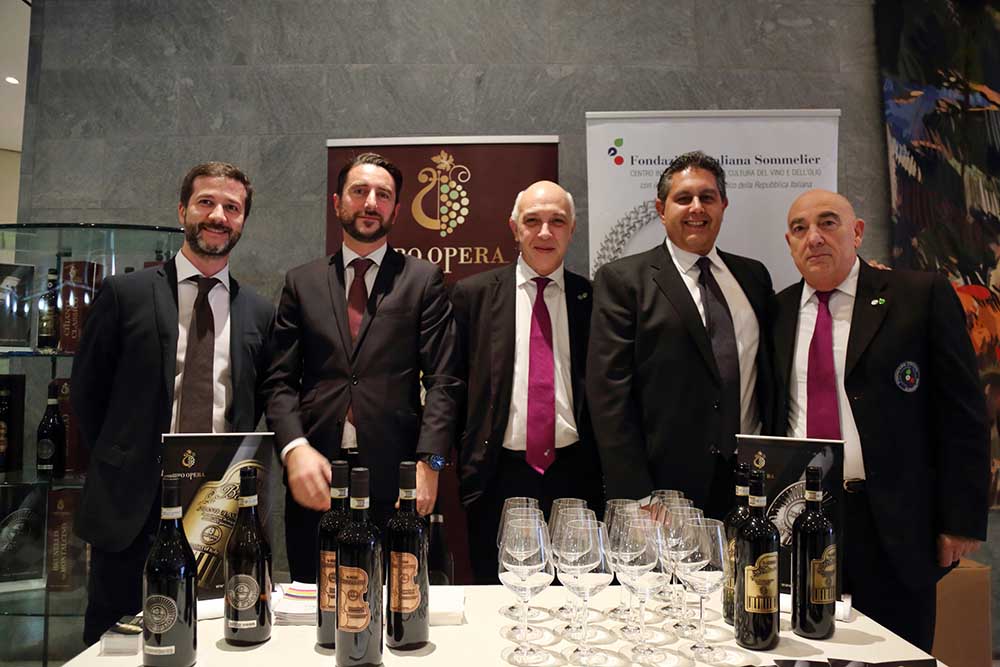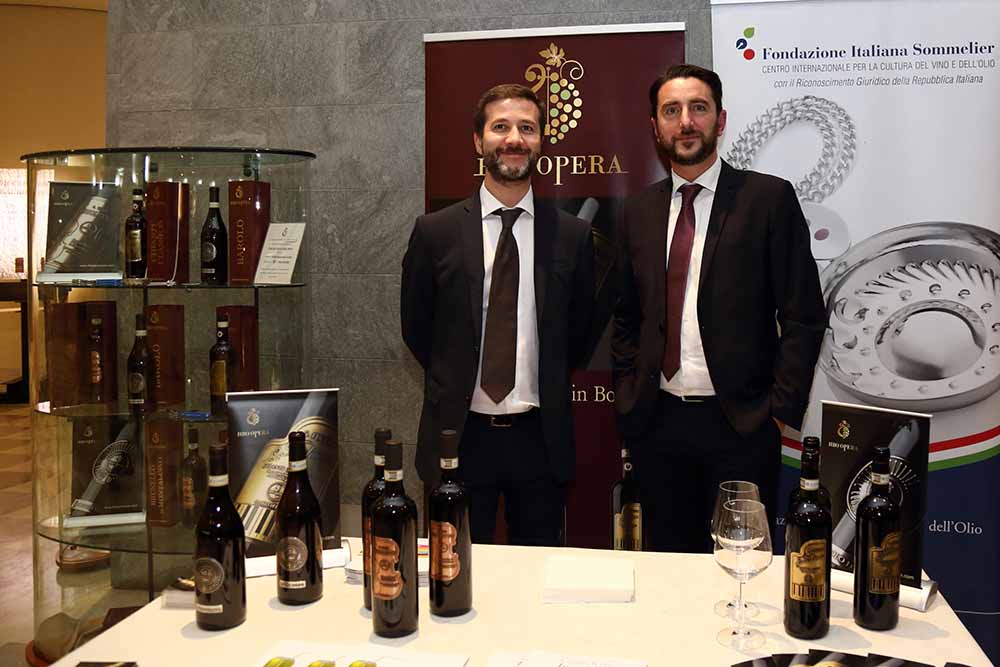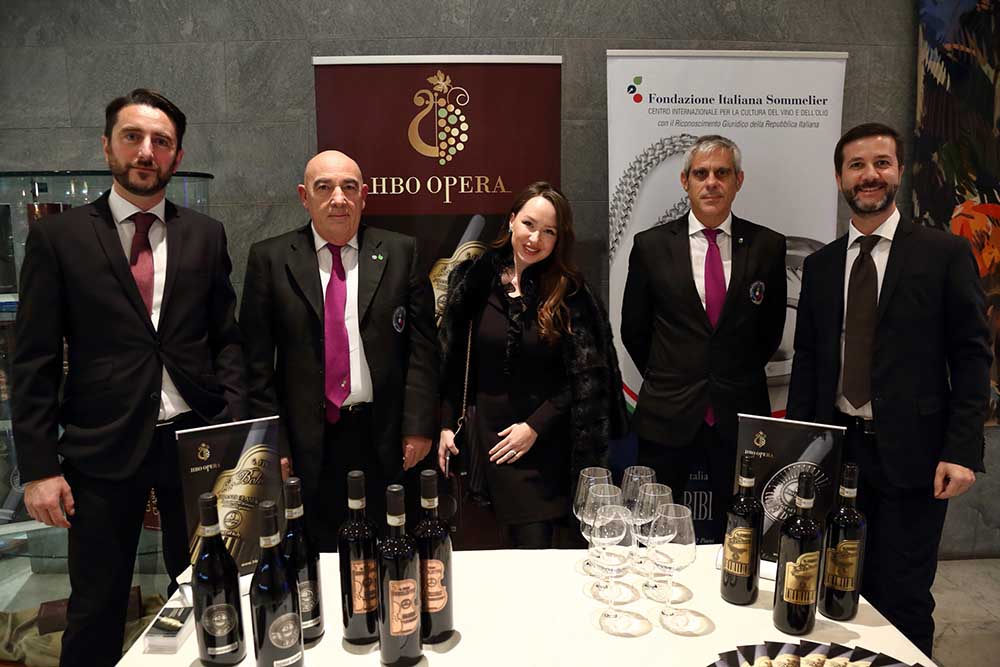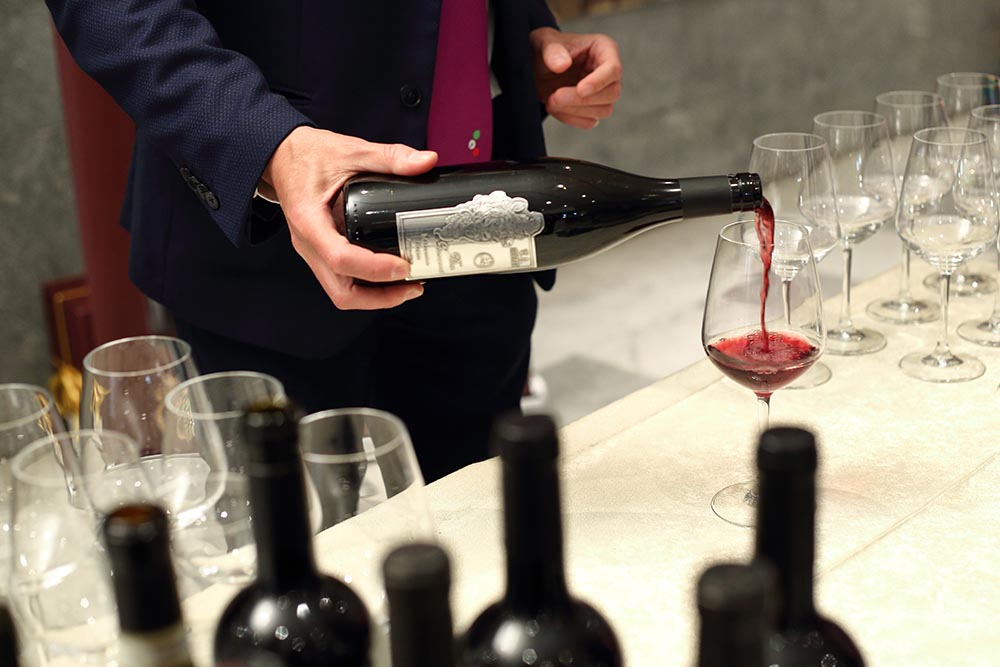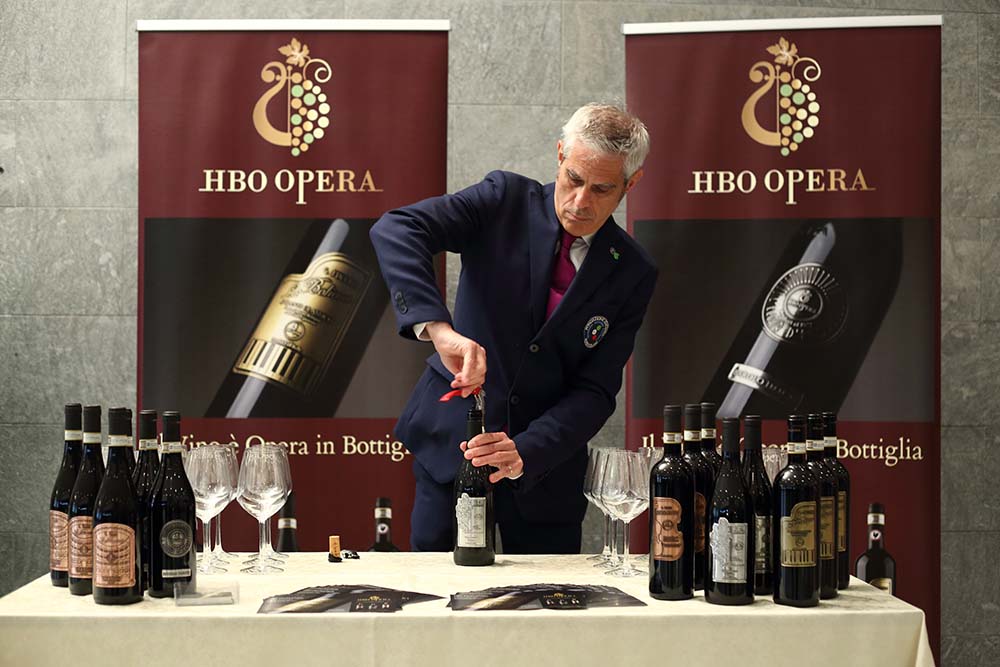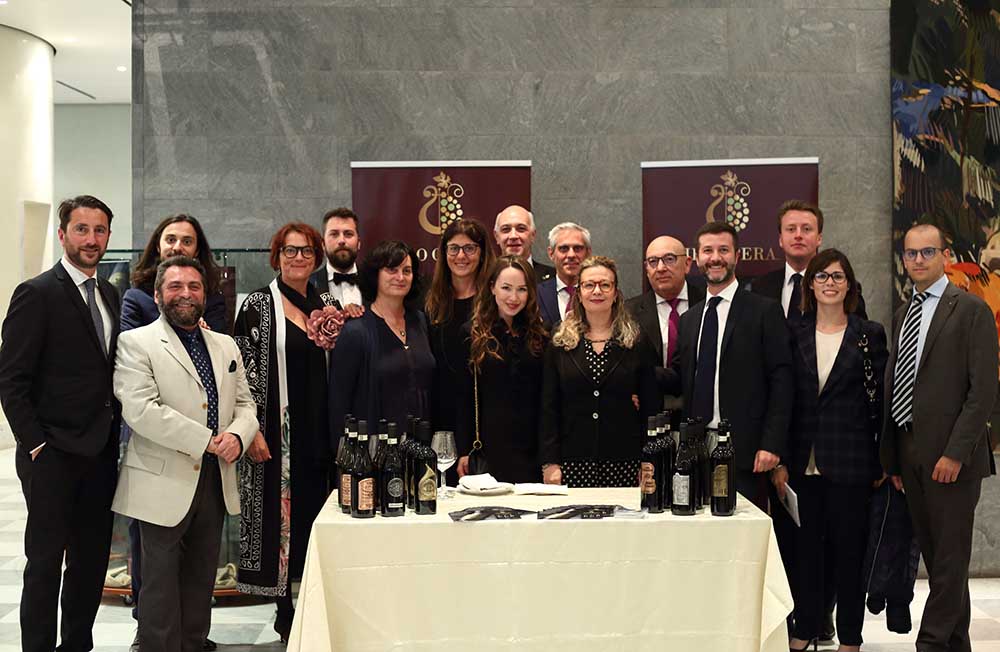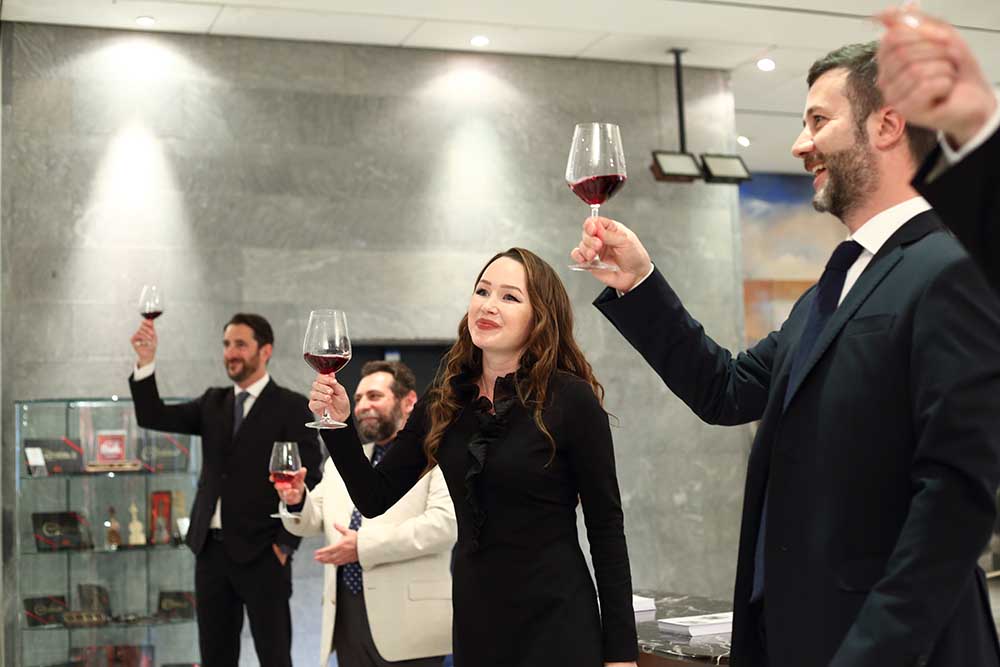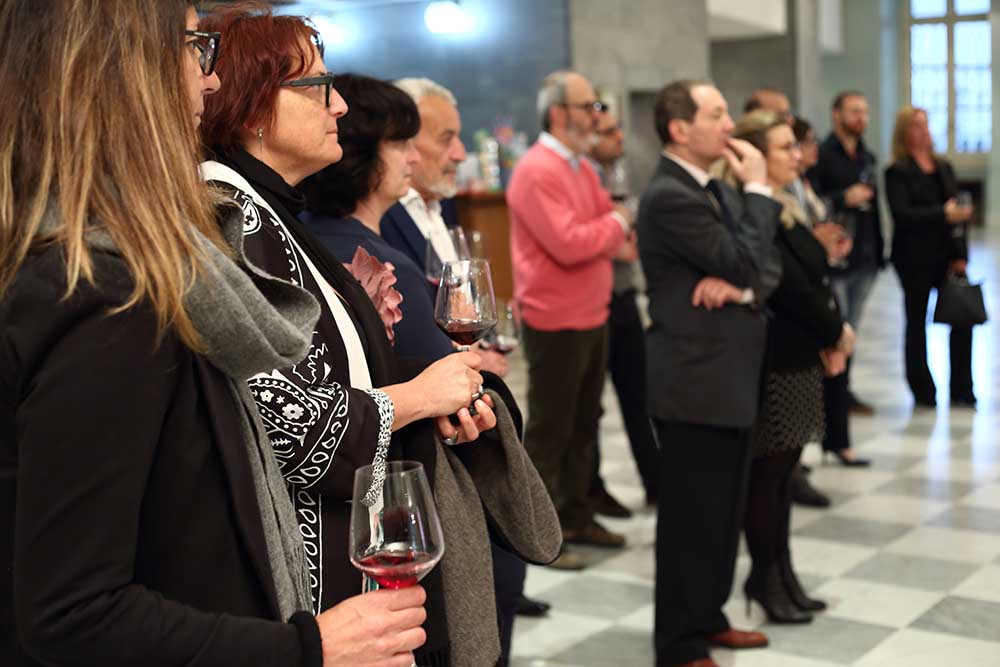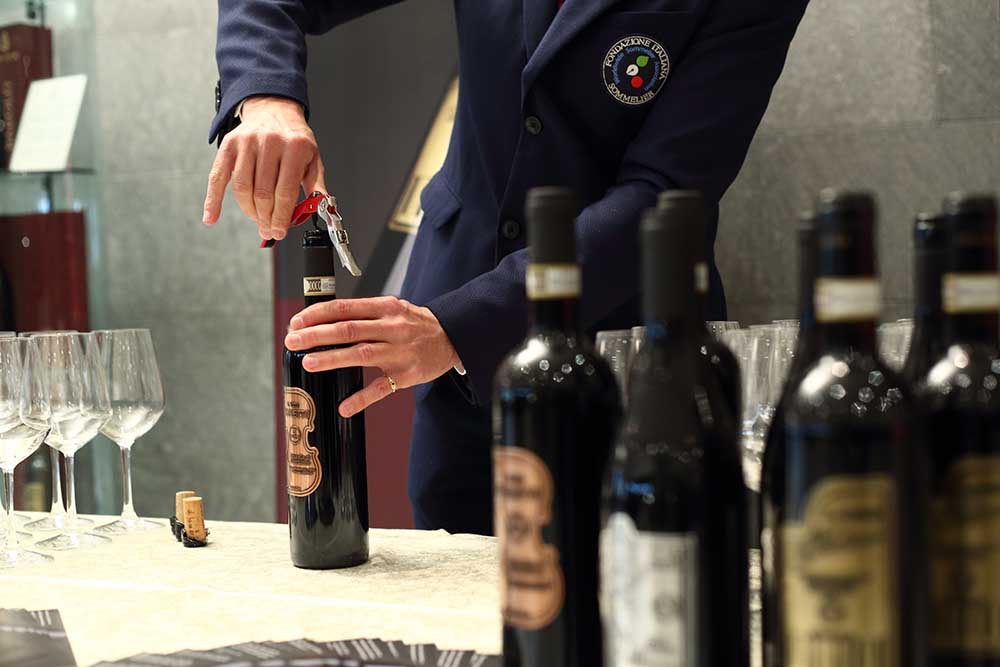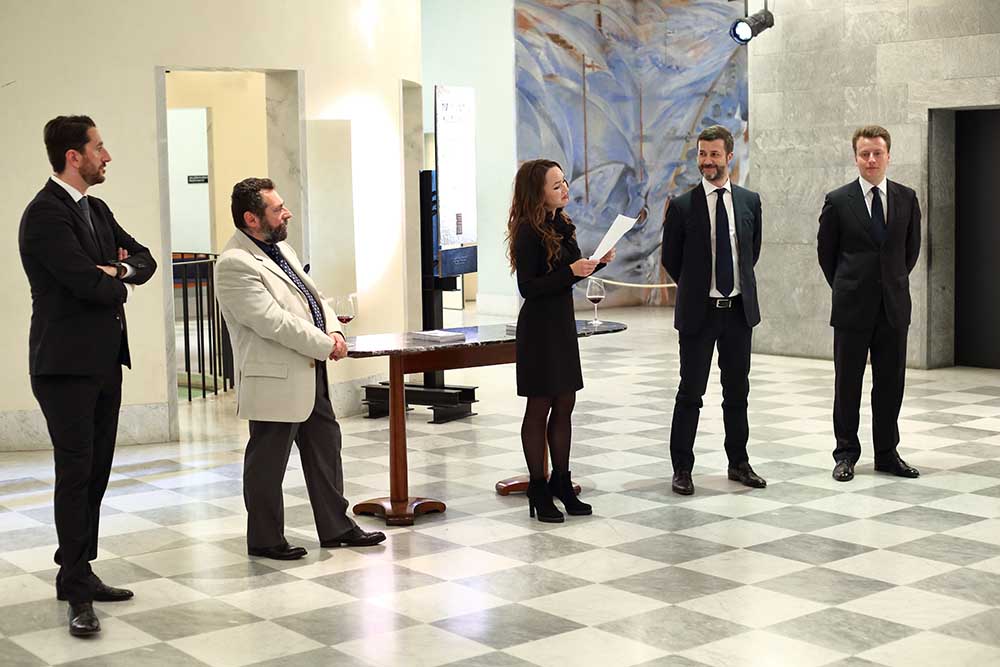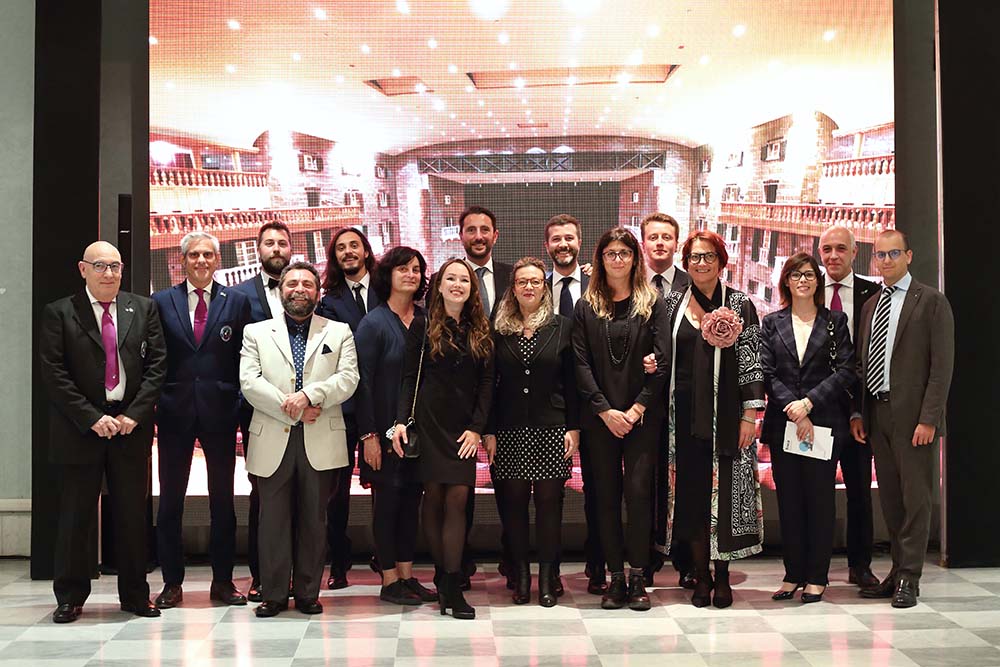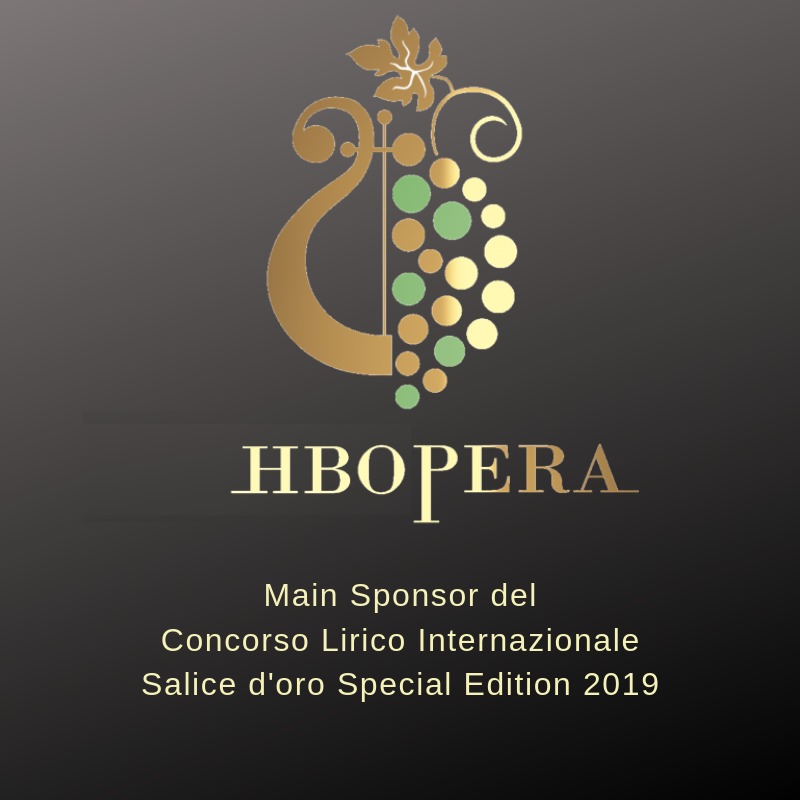What song does your wine sing?
The tradition of winemaking traces back to thousands of years ago and is well rooted in our culture. We know it from cave paintings and ancient mosaics, but further proof can also be found in the arts of modern age. Lyrical opera, above all, is one that gives us precious hints about wine’s centrality in modern society and especially in our country, Italy. Not only artists themselves devoted words of praise and appreciation to wine, but they used it on stage and made it the embodiment of vices and virtues, beauty and meanness.
We took a journey into the lyrical world and investigated the bond existing between lyrical Opera, composers and wine and came out with the idea of using wine itself to spread knowledge about Italian artistic tradition, both in our country and abroad. We thus devised a new form of art, which is made equally of spiritual and material components – you will be bewitched by the engraved metallic labels of our bottles, telling stories long forgotten, and you will be carried away by the refined scents and the striking hues of these wines; but most of all you lose yourself in the world of mysteries, treasons, love and hate told by the beautiful lyrical Opera.
Each bottle is unique, as befits a Prima Donna.
Our Wines
In our collection, you will find three different labels, each one associated with a specific vineyard. Each of them is cultivated with passion, commitment and the utmost respect for the environment. The strong synergy that we have created with our cellars has allowed us to select the following 6 excellences:
- l’AMARONE – La Traviata (Fabiano Vini)
- il BAROLO – L’Elisir d’Amore (Cantina Ciabot)
- il BRUNELLO DI MONTALCINO – Rigoletto (Marchesato degli Aleramici)
- il CHIANTI CLASSICO – La Bohème (Fèlsina)
- il MARZEMINO – Don Giovanni (Cantina Roeno)
- il ROSSO CONERO – Il Barbiere di Siviglia (Tenimenti Spinsanti)
We support sustainable agriculture and work in harmony with the passing of seasons, accepting from stem to stern what earth decides to give us. All grapes are picked by hand and only those which are deemed fit to meet DOCG regulations go further in the winemaking process, thus allowing us to offer you the finest and most authentic Italian wines.
Our products spring from an unrivaled blend of tradition, innovation and genuinity.
As each Opera is unique, so are our wines.
Our Bottles
Our wines come in an elegant packaging made with burgundy cardboard, while the labels are engraved in brass, aluminium and copper. The latter celebrate Italian lyrical tradition depicting elements taken from worldwide famous Operas. You may also choose to add a custom label to your bottle with the name of your restaurant, theatre, hotel or any other enterprise you wish to promote. All bottles come in a 75 cl format and are made in a limited edition. Ask us what discount we can apply to your order!

75 cl Bottle. Copper Labels.

75 cl Bottle. Aluminium Labels.

75 cl Bottle. Brass Labels.

75 cl Bottle. Copper Labels.

75 cl Bottle. Aluminium Labels.

75 cl Bottle. Brass Labels.
The HBOPERA Association
Our commitment for Art
As a demonstration of the closeness of HBOPERA to the artistic world we have chosen to donate a portion of sales to different Operatic associations and Theatre Foundations through the Art Bonus.
Contact Us
Contacts
Tel: +39 010 8568163
Fax: +39 010 8563189
Mail: info@hboperawine.com

